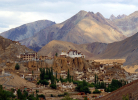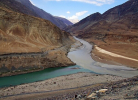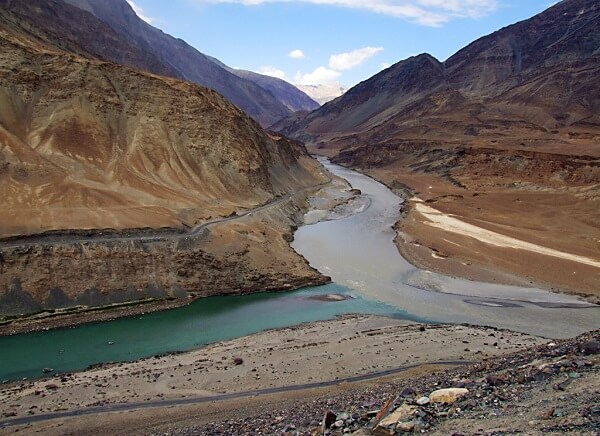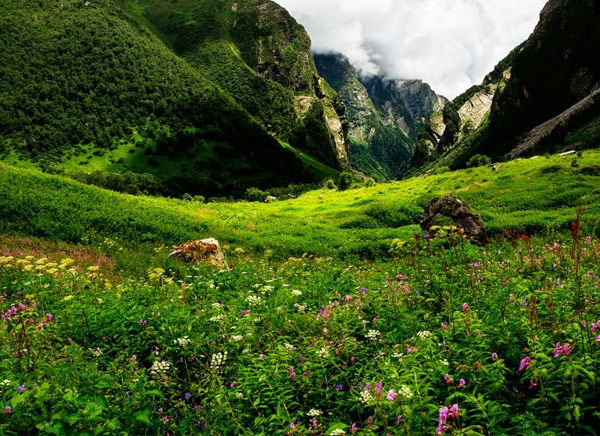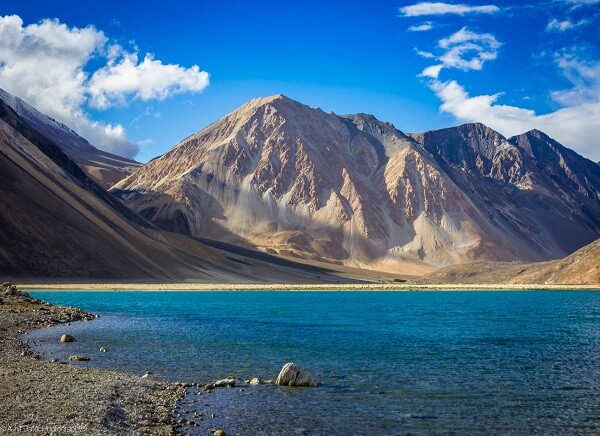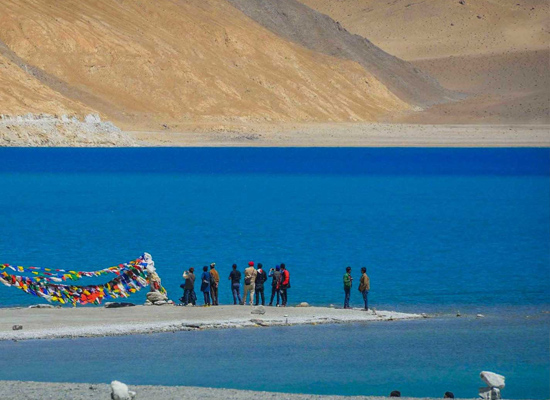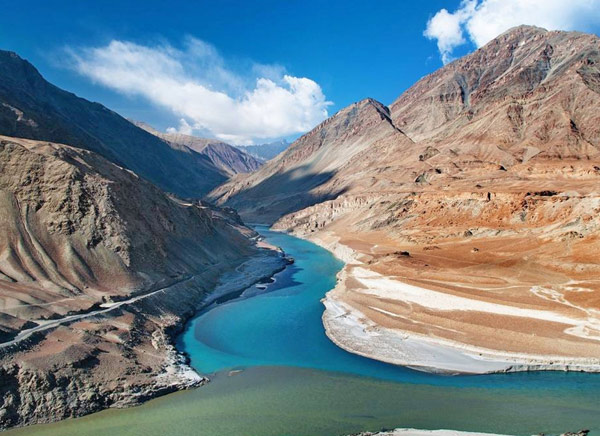
- Home
- Leh Ladakh
- History of Ladakh
History of Ladakh
Rock carvings found in many parts of Ladakh show that the area has been inhabited from Neolithic times. Ladakh's earliest inhabitants consisted of a mixed Indo-Aryan population. Around the 1st century, Ladakh was a part of the Kushana empire. Buddhism spread into western Ladakh from Kashmir in the 2nd century.
In the 8th century, Ladakh was annexed by Tibetan Empire. Ladakh frequently changed hands between kingdoms of China and Tibet. After the break-up of the Tibetan empire, separate Ladakhi dynasty was established. The dynasty spearheaded the second spreading of Buddhism, importing religious ideas from north-west India, particularly from Kashmir and spread in Tibet proper through Ladakh.
Faced with the Islamic conquest of South Asia in the 13th century, Ladakh chose to seek and accept guidance in religious matters from Tibet. At last, Dogra Kings established their rule over Ladakh.
European influence began in Ladakh in the 1850s and increased. During British Empire, Ladakh was the Princely State of the Dogra.
At the time of the partition of India in 1947, the Dogra ruler Maharaja Hari Singh signed the Instrument of Accession to India. Pakistan raiders had reached Ladakh but were repulsed. In 1949, China closed the old trade routes and built roads connecting Xinjiang and Tibet through their area in 1955. China also built the Karakoram highway jointly with Pakistan. India built the Srinagar-Leh Highway during this period cutting the journey time between Srinagar and Leh. This route, however, remains closed during the winter due to heavy snowfall. Project to keep this road functional throughout the year through tunnels is being considered.
Most Browsed Itinerary
Leh Ladakh Travel Guide
Leh Ladakh Things to do
Similar Packages
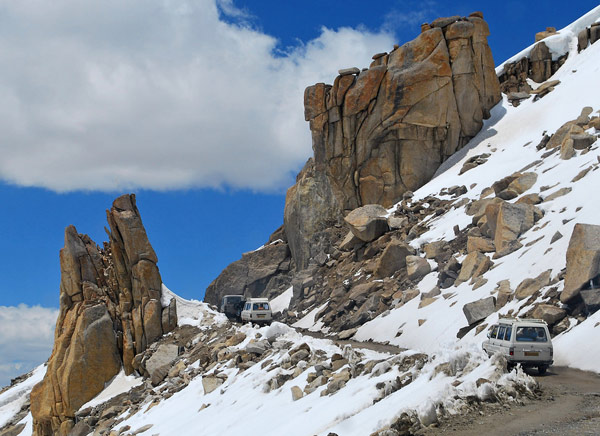
5 Days - Ladakh Monasteries Tour
Leh - Shey - Thiksey - Hemis - Stok - Khardongla Pass - Leh - Delhi- 5 Days
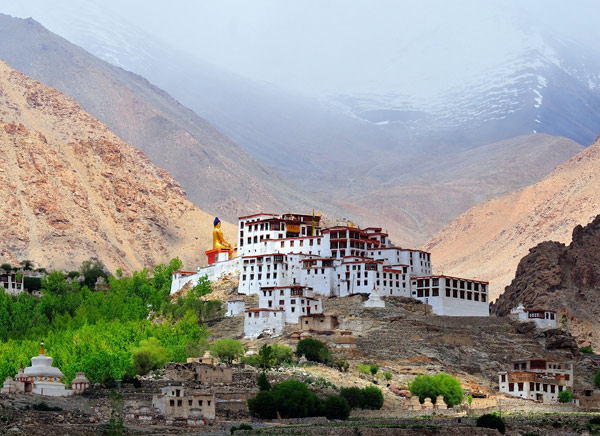
5 Days - Leh Ladakh Trekking Tour
Delhi - Leh - Likir - Yangthang - Rhizong - Shukpachan - Temisgam - Lamayuru - Leh- 5 Days
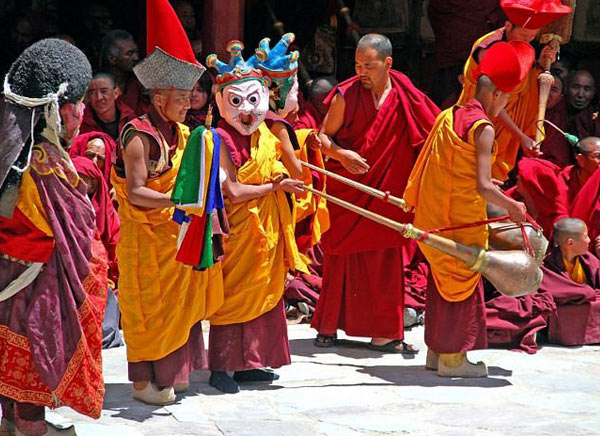
6 Days - Colourful Hemis Festival – Ladakh
Leh – Indus Valley -Magnetic Hills - Alchi – Likir – Spituk - Hemis - Leh – Khardonla Pass – Silk route – Nubra – Khardongla - Leh- 6 Days

